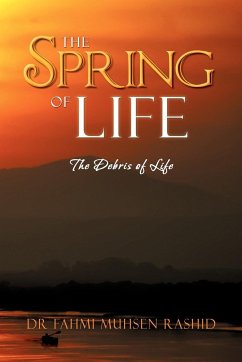The Cycle of Spring is a translation of Phalguni. It was one of the two Tagore dramas associated with the festivals of seasons, the other being Autumn Festival. The play is full of nature. There are songs in the rustling bamboo leaves, in birds' nests, and in blossoming branches. They are the heralds of spring.
Bitte wählen Sie Ihr Anliegen aus.
Rechnungen
Retourenschein anfordern
Bestellstatus
Storno








